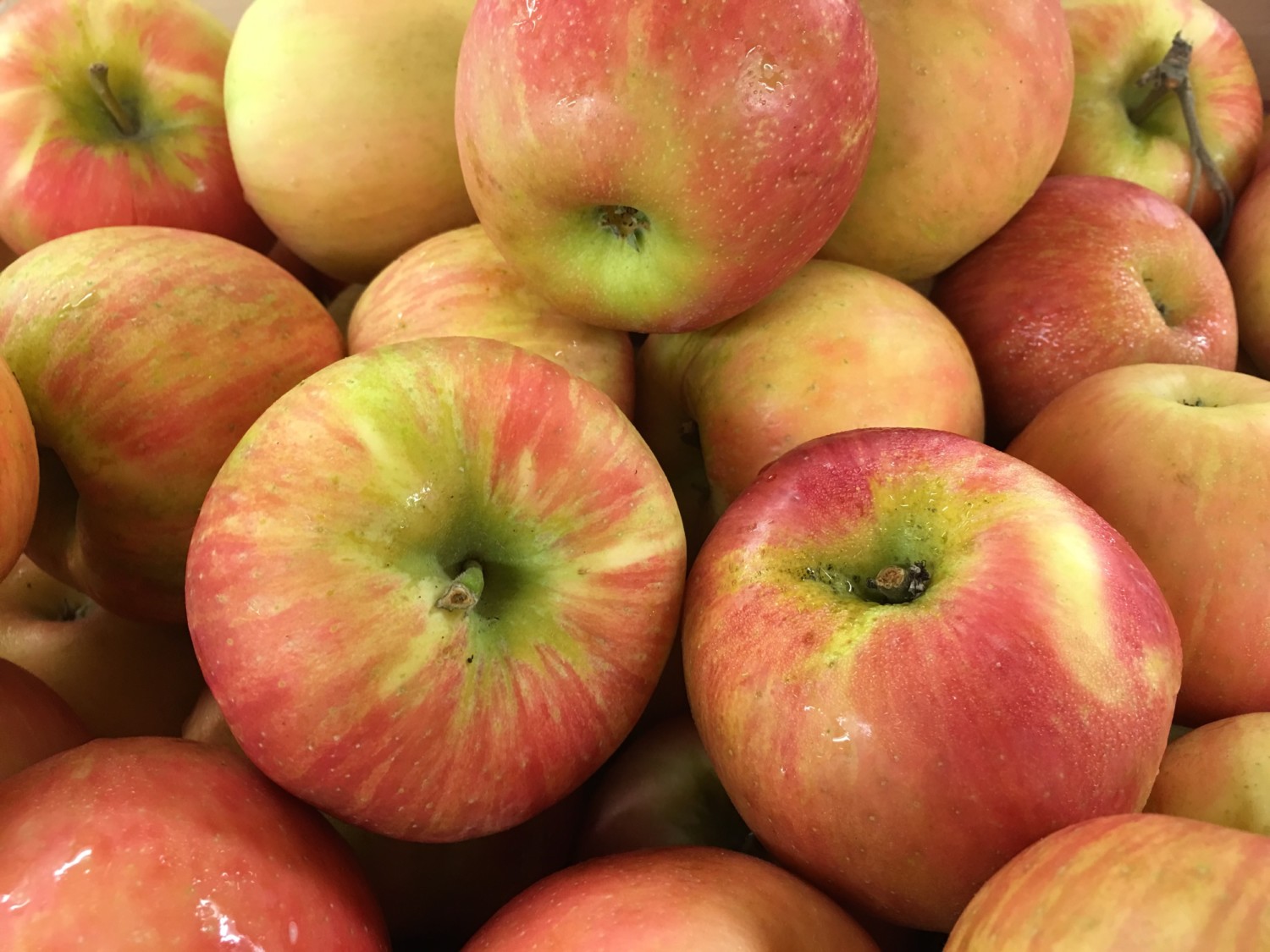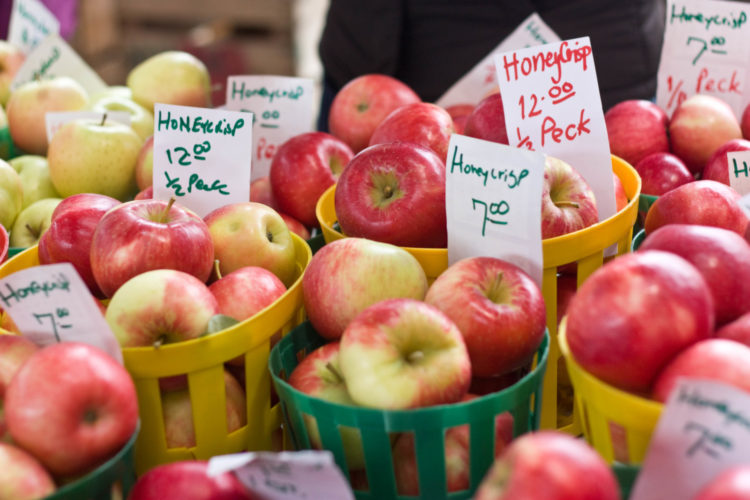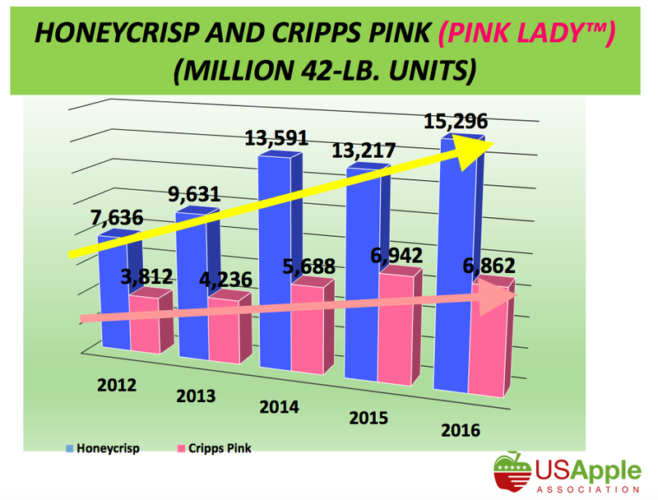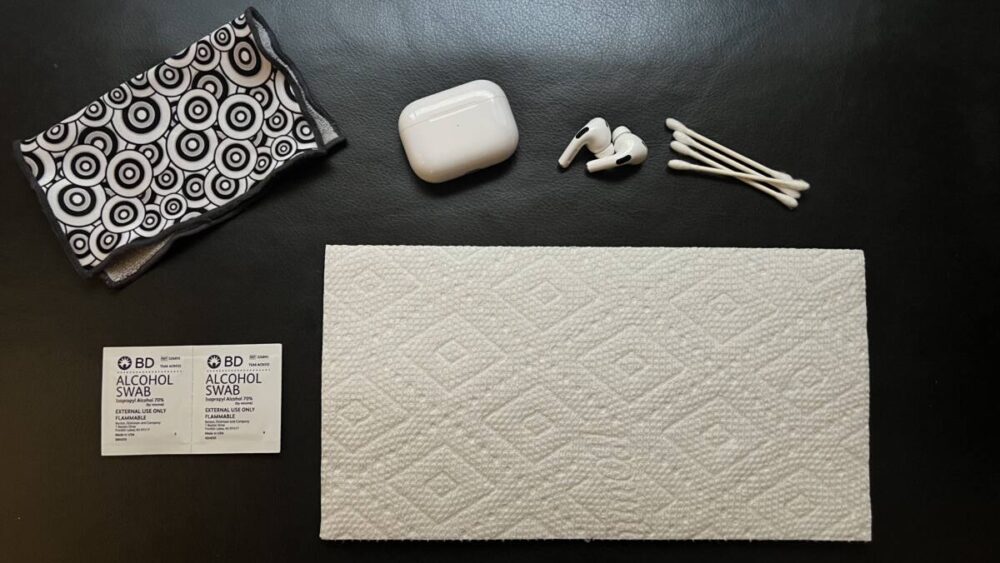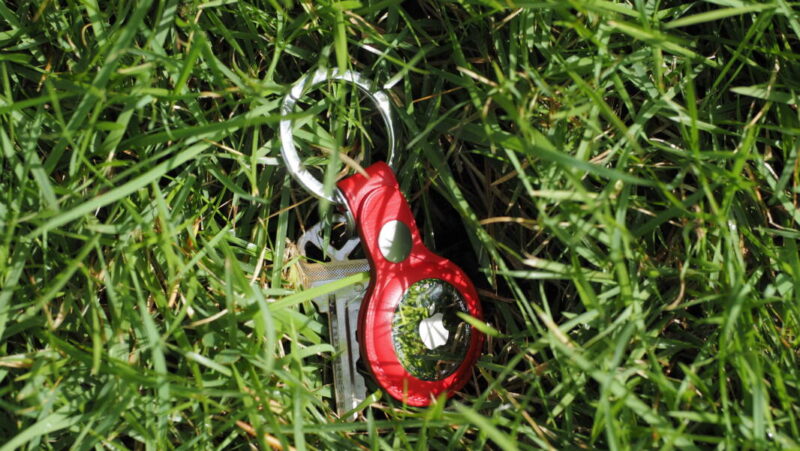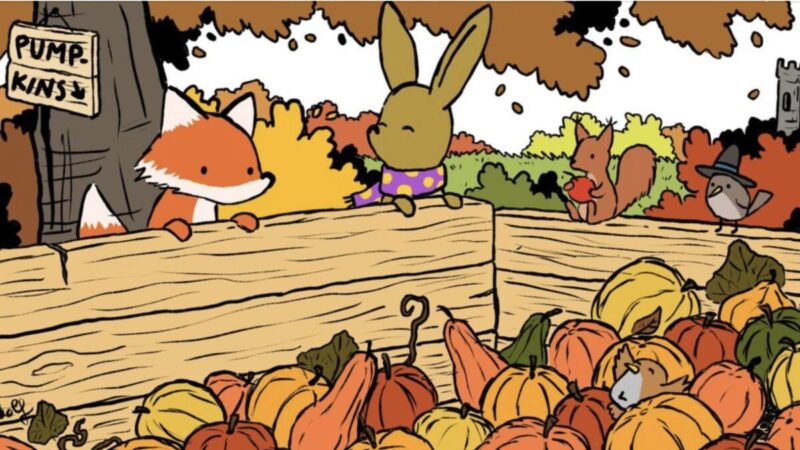Has Science Created The Perfect Apple?
There’s been a new apple in town for awhile now and, as it turns out, all other apples are increasingly paling in comparison—and popularity. Meet the Honeycrisp apple, born in the 1990s in a University of Minnesota lab. This is a good apple, and people are willing to pay a premium for it.
The iconic apple you grew up with is the Red Delicious—and your memories of it are probably not good. That tough, bitter peel; that mealy, decidedly unsweet interior. Chances are the only time you ever eat it is when it’s all that’s left at your hotel’s continental breakfast or your office’s cafeteria. Despite the fact that it’s pretty terrible, it’s still the most commonly produced variety of apple in the United States since 1980 according to the U.S. Department of Agriculture.
MORE: This viral apple pie puff recipe lets you make the most of a favorite fall fruit
What really attracts consumers to the Honeycrisp is the flavor, “a sweetness that’s almost frosty,” as Vox’s Alex Abad-Santos writes in an article entitled “Honeycrisp was just the beginning: inside the quest to create the perfect apple,” which explores the apple’s backstory and rising popularity.
“The Honeycrisp apple is as good as the Red Delicious is bad,” he writes.
So how did this amazing apple come to exist?
UMN apple breeder David Bedford tells The Splendid Table it took 30 years to develop the Honeycrisp. That’s a long time to wait for an apple (Vox says breeding any new apple can take 15 to 17 years).
Creating the Honeycrisp was an extended exercise in trial and error. For starters, breeding new apples entails pollinating the trees by hand, finding the best location to grow them and then coming up with a moneymaking name. Vox says Honeycrisp trees are a challenge to grow, as they’re susceptible to heat, mildew and black rot.
There does remain a little mystery behind what makes the Honeycrisp the Honeycrisp. No one knows exactly what the parent apples are, but those used to create it are responsible for one heck of a signature crunch. The texture is the big selling point, so it will come as no surprise that the name Honeycrisp was inspired by the combination of crunchiness and juiciness.
“When I tasted Honeycrisp, it reset my brain as to what was possible, and it was so good. I wasn’t even sure what it was. It was a totally unexpected experience,” Bedford says.
Consumers were finally able to get their hands on the Honeycrisp in 1992, but the buzz about the apple didn’t heat up until 2007. Now it’s the fifth most popular apple on the market following the Gala, Red Delicious, Fuji and Granny Smith. UMN had a patent on the apple until 2008, bringing in more than $6 million for the school and investors.
This chart from the U.S. Apple Association shows how quickly Honeycrisp apple sales have grown compared to Pink Lady apples.
All the added taste and texture does come at a price. Vox notes that Honeycrisps sold at a New York grocery store for about $3 more per pound than Red Delicious. Growing the apples also comes at a steep price. Growers will pay about $2,000 per acre in some cases. That money, in part, funds special clubs that make sure these apples are being grown to a certain standard.
That said, people are willing to pay. The Sun Journal says growers are having trouble keeping up with the high demand and stores are flooding ads with the Honeycrisp. (Click here to compare retail prices of the most popular apples on the market.)
Despite the added cost, apple breeding seems to be an ever-revolving door. More apples similar to the Honeycrisp are already on the market or in the works. Bedford tells The Splendid Table his team at UMN have released new varieties, including the Zestar and SnowSweet, since the Honeycrisp.
Bedford tells The Splendid Table that “what’s next” in the apple world is a Honeycrisp descendent called the SweeTango. Bedford says it’s smaller but not as tart. He says smaller, sweeter apples seem to be an emerging trend. And get ready for the First Kiss, which happens to be the first apple of the season (hence its name).
Like most apples, peak Honeycrisp season is mid-September through Thanksgiving. Here are two final tips: When attempting to select that perfect Honeycrisp, look at that greenish-blue that peeks through the red, and choose one that is shifting to yellow. And be sure to store your Honeycrisps in the fridge to keep them crispy and fresh!


